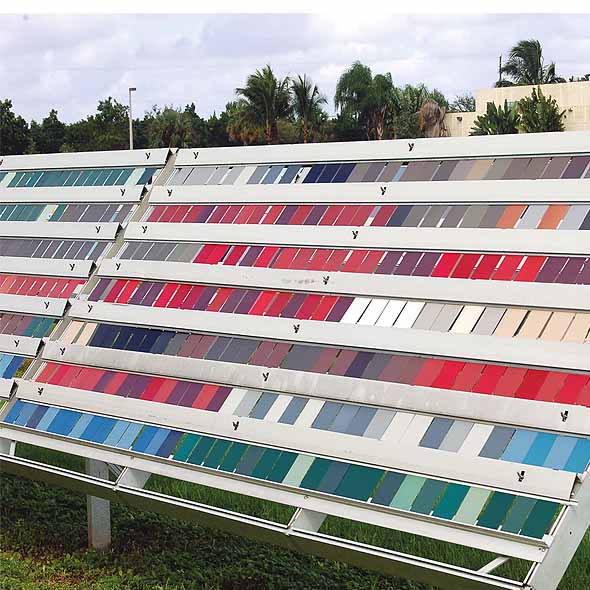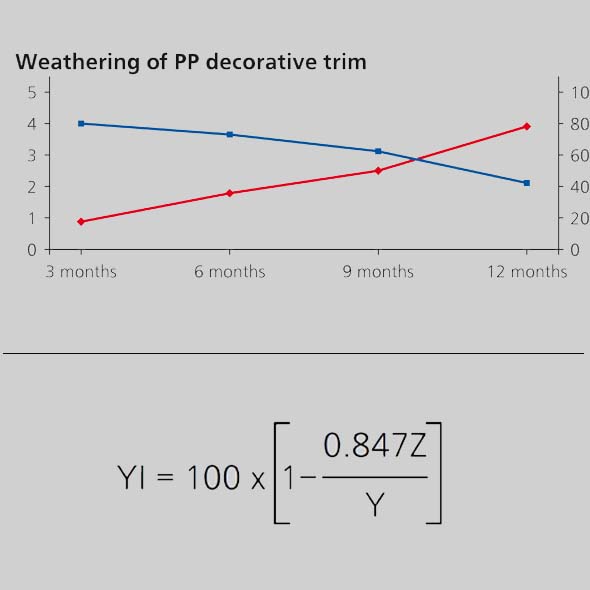Solid Color & Gloss
spectro2guide
Product Info
You are looking out of your window directly onto your beautiful terrace. Both, window profiles as well as decking material, have been selected from most modern materials and with great attention to the detail. Now, what does this have to do with color & appearance control? A whole lot!
Plastic is the most versatile and important material in today’s world. In the past plastic products were often considered as cheap and having inferior quality. This image has completely changed over the years and depending on the application it might be preferable compared to a natural product. For example more than 50 % of all installed windows worldwide are made of plastic – a trend consistently growing. Development of new, innovative plastic materials is especially demanded for outdoor applications. Thermoplastic WPC (wood-plastic composites) products have only been in existence for a few years and are gaining rapidly market share. Manufacturers use the feature “consistent color and gloss over 10/15/20 years” as an essential quality criteria to differentiate themselves from competition. Thus, weathering resistance needs to be carefully and objectively tested.

